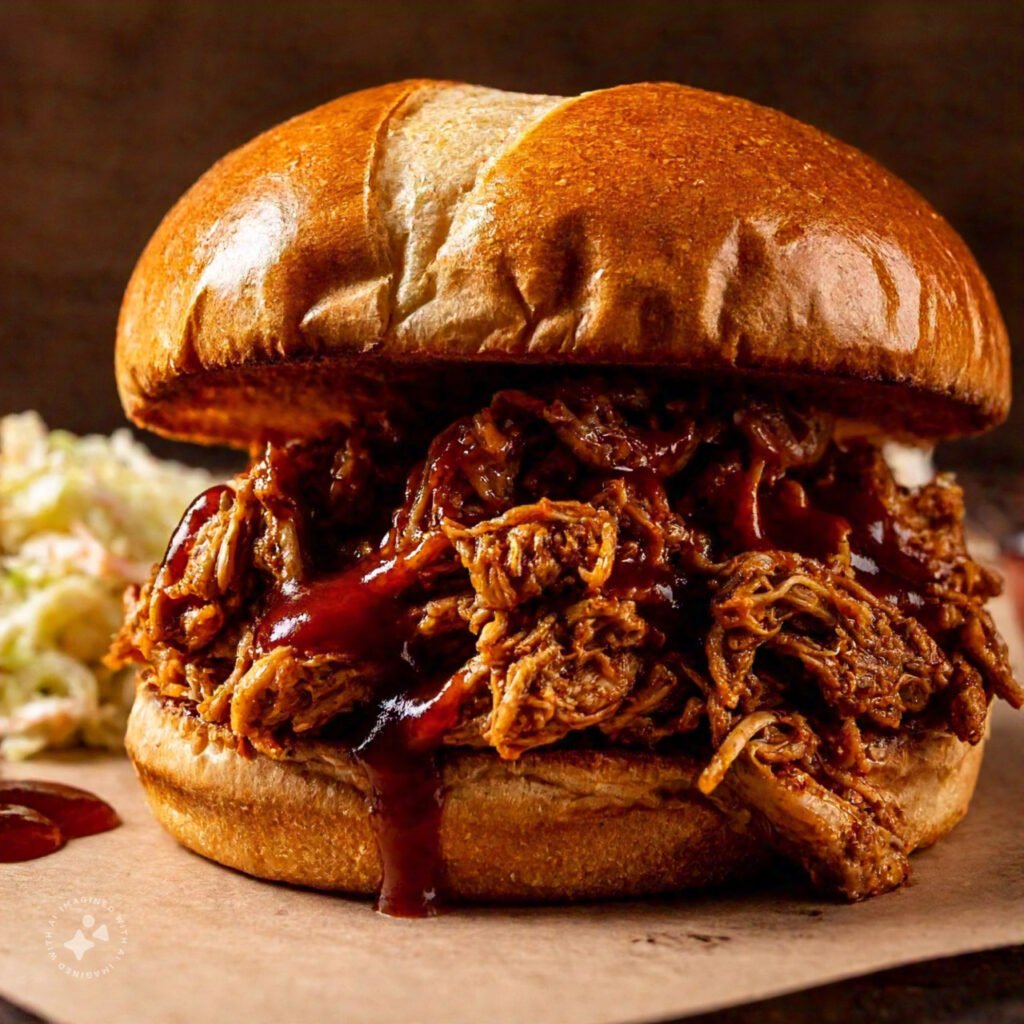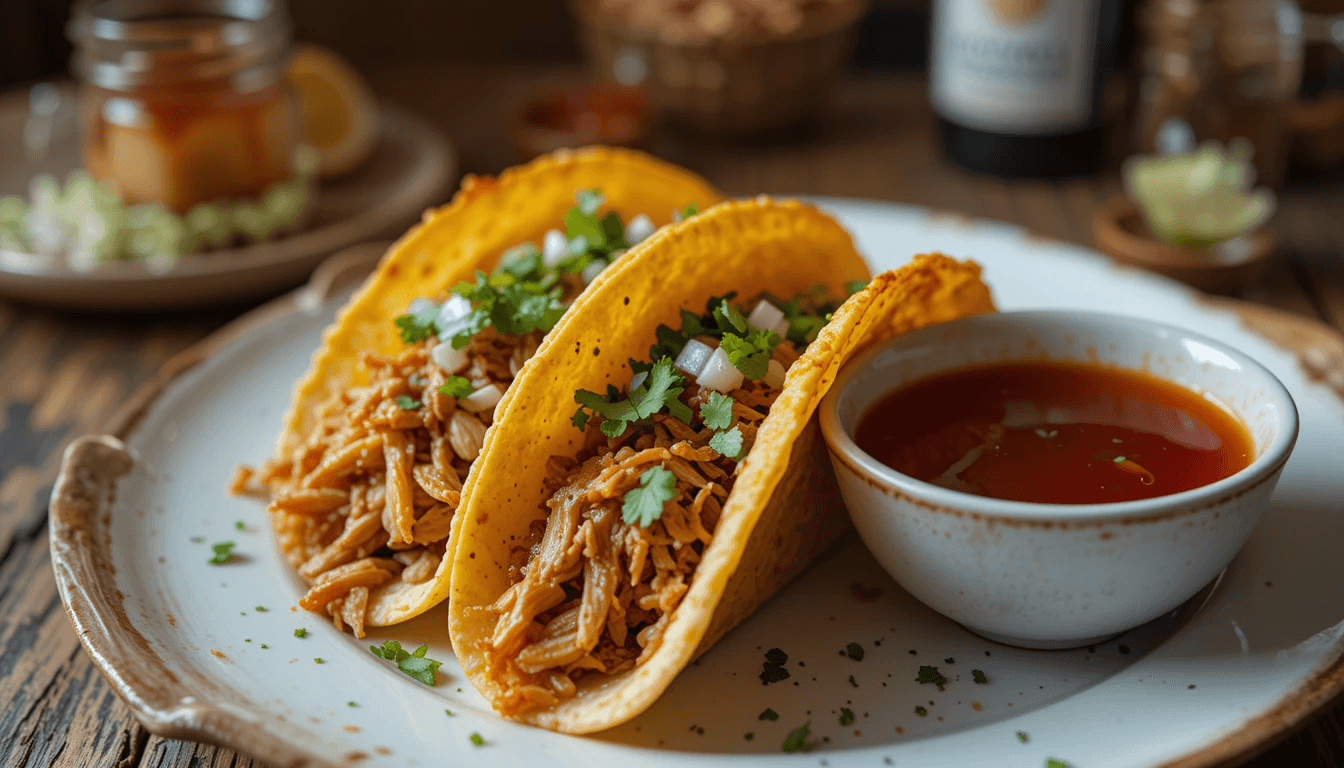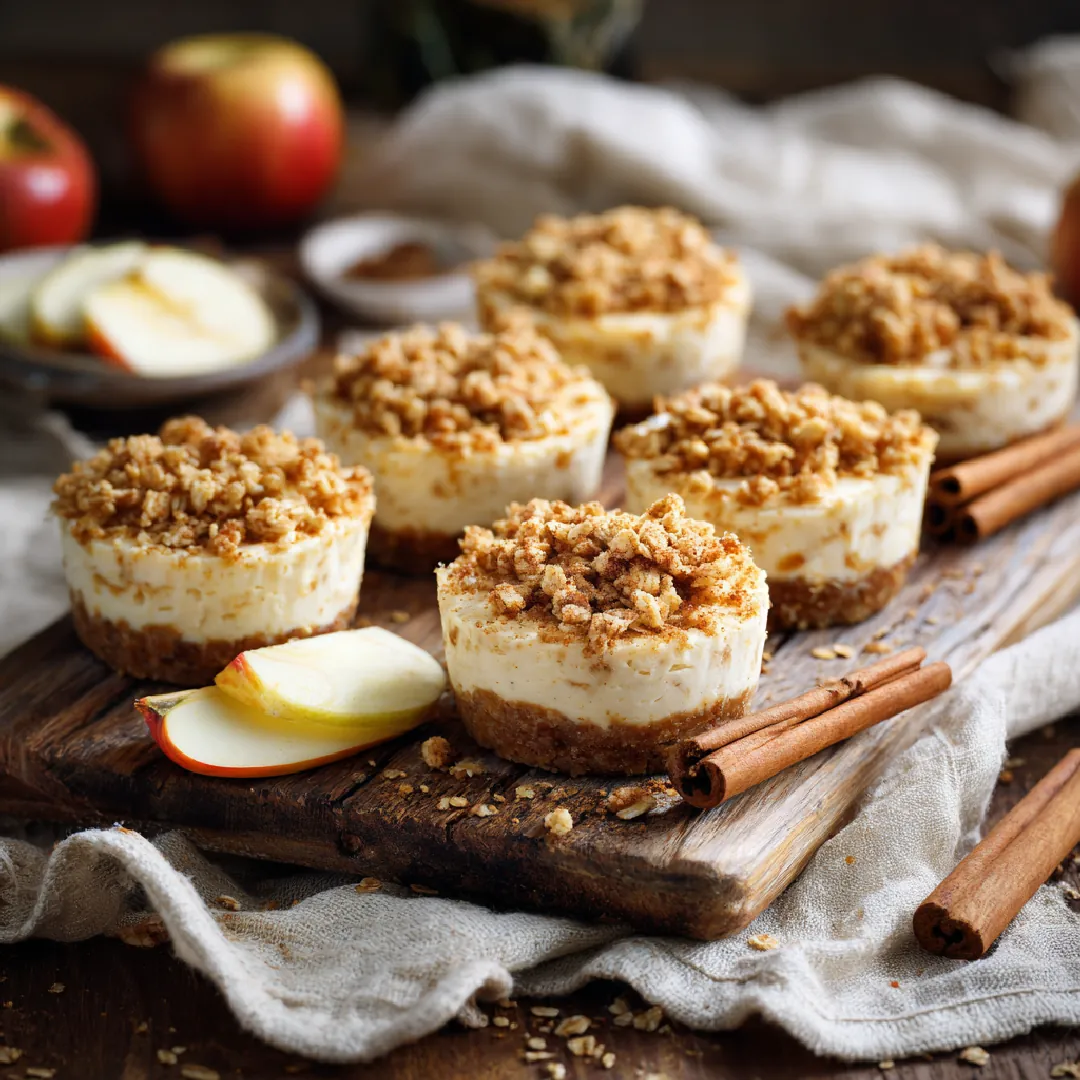Table of Contents
The difference between shredded chicken and pulled chicken lies in their preparation, texture, and flavor. While they may seem similar at first glance, they are quite distinct in how they are cooked, used, and enjoyed. Both are delicious and versatile, but each has its own unique role in recipes. So, which one should you use for your next dish? Let’s dive in to find out!
Understanding Shredded Chicken
What is Shredded Chicken?
Shredded chicken refers to chicken that’s been pulled apart into fine strands. It’s cooked until tender and then separated manually, either by hand or with the help of a fork or mixer. Think of it as the chicken equivalent of spaghetti—it’s thin, versatile, and plays well with nearly every sauce or dish you pair it with.
What makes shredded chicken such a favorite? Its subtle, adaptable nature allows it to soak up any flavor you throw at it, making it a go-to choice for quick, easy meals.
Popular Cooking Techniques for Shredded Chicken
Cooking chicken for shredding is all about achieving tenderness. Here are some common methods to get the perfect texture:
- Boiling or Poaching: This is the simplest method. The chicken is simmered in water or broth, ensuring it stays moist while cooking. Bonus? You can use the broth for soups or sauces later.
- Slow Cooking: Toss chicken breasts or thighs into a slow cooker with your favorite spices, and let the magic happen. By the time it’s done, it’ll practically fall apart with minimal effort.
- Pressure Cooking: Need shredded chicken fast? A pressure cooker like an Instant Pot can do the trick in a fraction of the time while locking in all those juicy flavors.
Each method has its perks, but the common goal is to achieve tenderness without drying out the meat.
Texture and Appearance of Shredded Chicken
If you’ve ever run a fork through a piece of cooked chicken, you’ll know how shredded chicken looks. It’s all about creating thin, delicate strands that can blend seamlessly into dishes. Unlike chunkier pulled chicken, shredded chicken has a soft, feathery appearance.
“Shredded chicken isn’t flashy—it’s functional, ready to wear any flavor like it’s a tailored suit.”
The texture is light and airy, perfect for folding into tacos, layering onto nachos, or mixing into creamy pasta sauces.
Common Uses for Shredded Chicken in Recipes
Shredded chicken is a workhorse in the kitchen. Its adaptability makes it an ideal ingredient for a variety of dishes:
- Tacos and Burritos: Toss shredded chicken with some taco seasoning, and you’ve got yourself a fiesta-ready filling.
- Casseroles: It’s a lifesaver for hearty casseroles, adding protein without overpowering the dish.
- Salads: Top your greens with shredded chicken for a protein boost without the heavy feel.
- Soups and Stews: Its fine texture blends beautifully into brothy dishes, making every bite feel substantial.
Have leftover shredded chicken? Mix it with BBQ sauce, pile it onto a toasted bun, and you’ve got a sandwich that’ll make your taste buds sing.
Understanding Pulled Chicken
What is Pulled Chicken?
Pulled chicken is chicken that’s been cooked low and slow, often with rich seasonings or a flavorful sauce, before being torn apart into chunks or strands. Unlike shredded chicken, which focuses on uniformity, pulled chicken embraces a chunkier, meatier vibe.
If shredded chicken is the delicate silk scarf of the culinary world, pulled chicken is your favorite chunky knit sweater—comforting, bold, and perfect for savoring.
How Pulled Chicken is Prepared
The process of preparing pulled chicken involves patience, but the results are worth the wait. Here’s a quick overview:
- Start with Seasoning: Before cooking, the chicken is often marinated or rubbed with a flavorful spice mix, like smoked paprika or cumin.
- Cook Low and Slow: Pulled chicken loves a slow cooker, smoker, or oven. Cooking at a low temperature over several hours allows the meat to tenderize while soaking up all the delicious flavors.
- Pull it Apart: Once cooked, the chicken is pulled apart by hand or with forks. Unlike shredding, this results in larger, chunkier pieces that retain the saucy goodness.
For an added twist, dark meat like thighs or drumsticks is often preferred for pulled chicken because of its naturally juicy texture.
Unique Texture and Flavor of Pulled Chicken
Pulled chicken is all about that bold, saucy flavor. Thanks to its low-and-slow cooking process, the meat becomes ultra-tender while absorbing spices and sauces. The texture? It’s a mix of soft, juicy strands and hearty chunks that feel satisfying with every bite.
“Pulled chicken is comfort food at its finest—it’s like wrapping yourself in a warm, savory hug.”
Whether it’s coated in smoky BBQ sauce or simmered in a tangy tomato base, pulled chicken doesn’t shy away from making a statement.
Popular Dishes Featuring Pulled Chicken
Pulled chicken isn’t just versatile—it’s a superstar in several mouthwatering dishes:

- BBQ Sandwiches: Load pulled chicken onto a toasted bun, add some coleslaw, and dig in.
- Nachos: Scatter it over tortilla chips, drizzle with queso, and you’ve got the ultimate party snack.
- Pizza Toppings: Forget pepperoni—pulled chicken paired with BBQ sauce takes pizza to the next level.
- Loaded Potatoes: Top a baked potato with pulled chicken, sour cream, and chives for a cozy dinner.
Its robust flavor and chunky texture make it perfect for dishes where the chicken takes center stage.
Key Differences Between Shredded Chicken and Pulled Chicken
Texture and Consistency
Shredded chicken is finer, softer, and more uniform, while pulled chicken is chunkier and meatier. Think of shredded chicken as the quiet team player and pulled chicken as the star quarterback—they serve different roles but are both indispensable.
Cooking Methods and Techniques
Shredded chicken can be prepared quickly using methods like boiling or pressure cooking. Pulled chicken, however, requires a slower cooking process to develop its deep, rich flavors.
Flavor Profiles
The flavor of shredded chicken is subtle, allowing it to soak up the essence of whatever sauce or seasoning it’s paired with. Pulled chicken, on the other hand, is all about bold, smoky, and saucy goodness.
Visual Differences in Presentation
Shredded chicken has a clean, feathery appearance that’s perfect for light dishes. Pulled chicken, with its chunky texture and sauce-coated pieces, screams comfort food.
Pros and Cons of Shredded Chicken
Benefits of Shredded Chicken
Shredded chicken’s adaptability is its biggest strength. It can transform into nearly anything your recipe demands. Let’s break it down:
- Quick and Easy Preparation: Shredded chicken doesn’t demand much time. Using methods like boiling or pressure cooking, you can prepare it in less than 30 minutes.
- Versatile for Multiple Dishes: From light salads to hearty casseroles, shredded chicken’s delicate strands blend seamlessly with a variety of flavors.
- Perfect for Meal Prepping: Planning meals for the week? Shredded chicken can be stored in the fridge or freezer and reused in multiple dishes.
- Low in Fat (When Using Chicken Breast): Shredded chicken made from breast meat is lean and healthy, ideal for fitness-conscious individuals.
Drawbacks of Shredded Chicken
While shredded chicken is amazing, it’s not without its challenges.
- Can Dry Out Quickly: If overcooked or reheated improperly, shredded chicken can become dry and less appetizing.
- Mild Flavor: On its own, shredded chicken isn’t particularly bold. You need to dress it up with sauces and spices.
- Lacks Visual Appeal: Compared to saucy pulled chicken, shredded chicken can look a bit plain.
“Shredded chicken is like a dependable friend—it’s not always exciting on its own, but with the right company (or sauce), it shines.”
Pros and Cons of Pulled Chicken
Benefits of Pulled Chicken
Pulled chicken is the king of comfort food. It’s hearty, flavorful, and perfect for dishes where the chicken takes the lead.
- Bold Flavor: Thanks to its low-and-slow cooking process, pulled chicken absorbs rich spices and sauces like a sponge.
- Juicy and Tender: The extended cooking time breaks down the meat, making it ultra-tender and juicy.
- Great for Entertaining: Pulled chicken’s chunky texture and smoky taste are crowd-pleasers, whether you’re hosting a backyard BBQ or a game-day party.
Drawbacks of Pulled Chicken
Despite its deliciousness, pulled chicken isn’t always the most convenient option.
- Time-Consuming: Achieving that tender, fall-apart texture takes time and patience. It’s not ideal for a last-minute meal.
- Not as Versatile: Pulled chicken’s bold flavor can overpower delicate dishes, limiting its use to more robust recipes.
- Higher in Fat (Depending on the Cut): Pulled chicken made from dark meat can be richer in fat, which might not suit all dietary preferences.
“Pulled chicken isn’t just food—it’s an event. It’s the kind of dish that makes you slow down and savor every bite.”
How to Choose Between Shredded and Pulled Chicken
Considerations for Recipe Compatibility
The recipe you’re working on often dictates the type of chicken you need. If you’re making something light, like a salad or soup, shredded chicken is ideal. For hearty dishes, such as BBQ sandwiches or loaded nachos, pulled chicken is the way to go.
Taste and Texture Preferences
Do you prefer a subtle texture that blends in, or bold, chunky bites that stand out? Shredded chicken is mild and delicate, while pulled chicken is saucy and satisfying.
Cooking Skill and Preparation Time
If you’re short on time or want a foolproof method, shredded chicken is the better choice. But if you have the time and want to create something truly special, pulled chicken will reward your patience with incredible flavor.
Common Problems and Solutions in Preparing Shredded and Pulled Chicken
Issues with Dryness and Overcooking
One of the most common problems when cooking chicken is ending up with a dry, chewy texture. Here’s how to avoid it:
- Use a Meat Thermometer: Always cook chicken to an internal temperature of 165°F. Overcooking beyond this point can lead to dryness.
- Don’t Skip the Sauce: Adding a sauce or broth while reheating chicken can restore moisture and flavor.
- Choose the Right Cuts: Dark meat like thighs tends to stay juicier than breast meat.
Achieving Consistent Shredding or Pulling
Ever had shredded chicken that looked more like a hacked-up mess? Consistency is key:
- Use the Right Tools: Two forks are traditional, but for effortless shredding, try a hand mixer.
- Cook Until Tender: Whether you’re shredding or pulling, chicken must be tender enough to come apart easily. If it resists, it’s not done yet.
Enhancing Flavor During Preparation
Chicken is like a blank canvas—it needs some seasoning to truly shine. To elevate your chicken:
- Season Generously: Use spices, marinades, or rubs to add depth.
- Add Aromatics: Onions, garlic, and herbs in the cooking liquid can infuse the chicken with incredible flavor.
- Experiment with Sauces: From BBQ to buffalo, the right sauce can completely transform your dish.
Expert Tips for Perfect Shredded and Pulled Chicken
Choosing the Right Cuts of Meat
While chicken breasts are lean and ideal for shredding, thighs or drumsticks work best for pulling due to their higher fat content and richer flavor.
Using Tools for Better Results
Want to make the process easier? Here are some handy tools:

- Forks or Claws: Great for traditional shredding or pulling.
- Hand Mixer: Place cooked chicken in a bowl, and let a mixer shred it in seconds.
- Slow Cooker or Smoker: Essential for that perfectly tender pulled chicken.
“With the right tools, preparing chicken becomes less of a chore and more of an art.”
Storing and Reheating for Maximum Flavor
Leftover chicken doesn’t have to be bland. Store it properly, and it can taste just as good the next day:
- Use Airtight Containers: This prevents the chicken from drying out in the fridge.
- Add Moisture When Reheating: Mix in some sauce, broth, or butter before reheating to keep the meat juicy.
- Freeze for Longer Storage: Shredded and pulled chicken freeze well, making them perfect for meal prep.
Can Shredded and Pulled Chicken Be Used Interchangeably?
Scenarios Where Substitution Works
Shredded and pulled chicken can sometimes swap places, but it depends on the dish. For example, if you’re making a soup, shredded chicken can easily step in for pulled chicken without anyone noticing. Similarly, pulled chicken can work in tacos or enchiladas when saucy, flavorful chunks are welcome.
In essence, you can substitute them when texture isn’t a dealbreaker. Shredded chicken’s lighter texture might not hold up in saucy dishes like BBQ sandwiches, but for salads or casseroles, it’s a fine stand-in.
Cases Where Substitution Should Be Avoided
There are times, however, when one simply won’t do the job of the other. Pulled chicken’s bolder, saucier nature might overpower delicate dishes like a creamy pasta or chicken salad. On the flip side, shredded chicken can feel out of place in something hearty like a BBQ sandwich or nachos.
“Shredded and pulled chicken each have their moments to shine—it’s all about giving them the right stage.”
If you’re ever in doubt, think about the recipe’s vibe. Light and subtle? Shredded chicken. Hearty and bold? Pulled chicken.
Frequently Asked Questions
Can you shred or pull chicken without special tools?
Absolutely! For shredding, two forks or even your hands work just fine. Pulled chicken can also be torn apart by hand or with forks. If you have a hand mixer or meat claws, they can speed up the process, but they’re not necessary.
What are the best sauces for pulled chicken?
Pulled chicken pairs beautifully with bold, flavorful sauces. BBQ is a classic, but you can also try buffalo, teriyaki, or even a tangy mustard-based sauce. The key is to match the sauce to the dish you’re making.
How do I prevent my chicken from becoming dry?
Dry chicken is a common problem, but it’s avoidable:
- Don’t overcook it—use a meat thermometer to check for 165°F.
- Let it rest after cooking to retain juices.
- Add a bit of sauce, broth, or butter during reheating.
Can I use frozen chicken for shredding or pulling?
Yes, but it’s best to thaw the chicken first for even cooking. If you’re in a pinch, you can cook frozen chicken in a pressure cooker or slow cooker, but adjust the cooking time accordingly.
What’s the best way to serve shredded or pulled chicken?
The possibilities are endless! Shredded chicken shines in tacos, salads, or casseroles, while pulled chicken is perfect for BBQ sandwiches, nachos, and baked potatoes. Match the style to the vibe of your dish.
Conclusion
Summary of Key Takeaways
Shredded chicken and pulled chicken may seem similar at first glance, but their differences make them unique culinary players. Shredded chicken is quick, versatile, and perfect for light, subtle dishes. Pulled chicken, on the other hand, is rich, saucy, and ideal for bold comfort foods.
Both have their pros and cons, but mastering these two styles gives you endless options in the kitchen. From meal prep to fancy dinners, there’s always a dish that can benefit from one of these delicious preparations.
Encouragement to Experiment with Both Methods
Why choose one when you can try both? The next time you’re in the kitchen, experiment with shredded chicken in a creamy pasta or pulled chicken in a smoky BBQ sandwich. You might just discover your new favorite way to enjoy this versatile protein.
“The beauty of cooking is that every method has a story to tell. Whether shredded or pulled, chicken is always a crowd-pleaser waiting to happen.”
Enjoy your next culinary adventure, whether you shred it, pull it, or do a little of both! 🍗
You might also like Healthy Shredded Chicken Recipes: Delicious & Nutritious.





